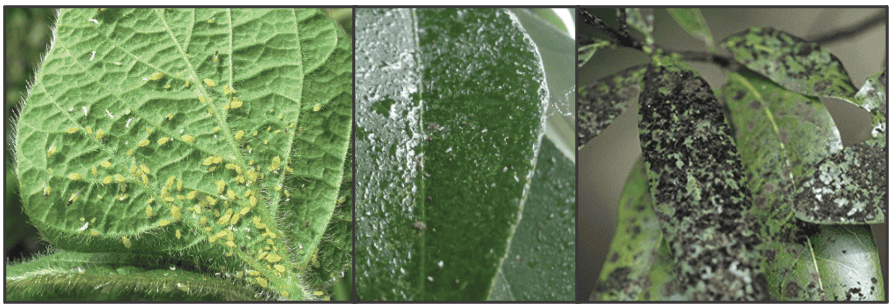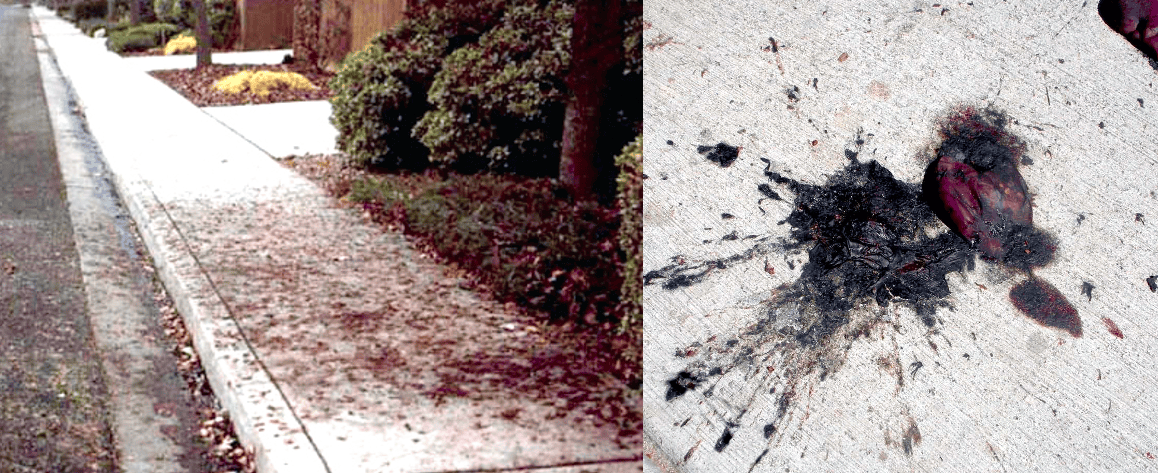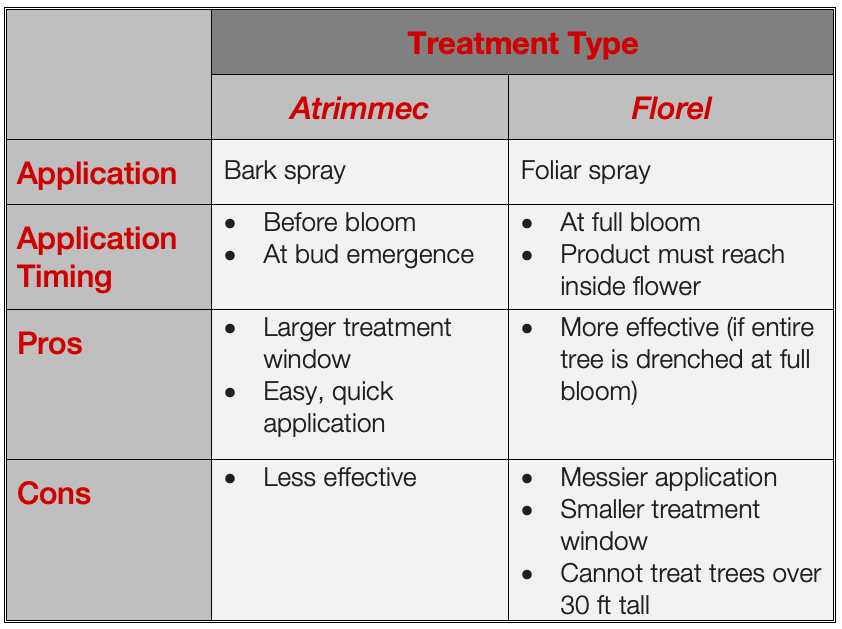
We've all heard about bears crawling into dens to hibernate over winter. Trees can't exactly do that, but they too slow down their growth and metabolism.
This is called going dormant, which helps the tree save precious energy and survive winter. Energy that will be used to leaf out all that fresh new growth in the Spring.
Although the tree is dormant, the interior and underground tree parts are still very much alive!
Caring for dormant trees keeps them healthy, preps them for spring, and reduces problems in the upcoming growing season.
Here are two easy things everyone can do:
Mulch
Mulch is easy, cheap, and great for trees! Roots remain active and hard at work even during dormancy. Mulch provides a blanket for roots, insulating them from extreme temperature changes. Mulch also retains soil moisture, provides nutrients, and keeps pesky weeds at bay.
Simply apply a 2-4" thick layer over the tree's drip line, taking care not to pile mulch against the trunk. Seriously, mulch is "brown gold" for trees!
Irrigate
Yes, trees still use water when dormant! They need less than usual, but if the winter is dry, use your irrigation system, a soaker hose, or our Deep Watering Treatment.
- Soaker Hose: Place a hose under your tree on low flow overnight. Do this once every 2-3 weeks in dry months.
- Deep Watering Treatment: We use a special cocktail of water, biochar, microbes, and soil amendments to boost soil moisture and root health.
Two Tips to Prep for Spring
Seasonal weather changes also mean using different tree care methods to maintain happy, healthy trees!
With climate change taking effect and shifting the seasons, winter may be getting shorter and shorter in your area. To get the biggest bang for your buck, time your tree care not to the calendar, but to what you see outside!
Below are 2 things to get on your radar before they become a nuisance in the Spring:
1. When Trees Turn Green, Pests Get on the Scene.

Common Spring Pests
As winter turns into spring, trees enjoy the warm weather and send out tender, green growth. Other things that enjoy spring are those that eat trees - insect pests!
Some insects are barely noticeable, causing minor damage. But others feast upon this spring tree buffet and wreak havoc. Common spring pests include aphids and scales, which have piercing-sucking mouthparts. They set up camp on the tree, pierce into the tree, and suck out the tree's sugary sap.
What's the Problem?
The aphids and scales steal the trees' sugars, weakening overall tree health. They also excrete a sticky liquid waste, called honeydew. Honeydew lands on leaves, sidewalks, cars, you name it, leaving a sticky mess. Sooty mold, a fungus, then grows on the honeydew and creates filthy black spots.
Aphid-Prone Species: Crepe Myrtle, Birch, Hackberry, Linden, Maple, Oak, Tulip Poplar.
Scale-Prone Species: Linden, Magnolia, Olive.
Solution: Begin Treating NOW
Here's how to combat the creepy crawlies that make all this mess! Some treatments take longer to become effective, so plan ahead!
- Mid-Late Winter: Apply a soil drench of Imidacloprid. Can take up to 2-3 months for full effect. Lasts one year.
- Current Infestations: Apply a trunk injection of Acephate. Takes effect immediately. Lasts about a month.
In short:
- Keep watch for trees leafing out.
- Check if you have tree species susceptible to aphids and scales.
- Plan ahead! Imidacloprid can take up to 3 months to move throughout the tree, but once applied, lasts for a year.
2. Trees Make Flowers, Flowers Make Fruits, Fruits Make A Mess!

Many trees bloom in spring, and warm winters can urge trees into blooming earlier. Flowers beautify the landscape but eventually turn into fruit. Some fruits are delicious and desirable at the grocery store, but some make an outright mess!
Soft, juicy fruits leave stains and track onto car tires, under shoes, and into buildings. Hard fruits create litter and can be tripping hazards. If you want to avoid these issues, try Fruit Reduction Treatment, made of synthetic plant growth regulators.
Two treatment options are available - Atrimmec and Florel.

A few things to note:
- Fruit reduction only works for some tree species (plum, pear, olive, privet).
- It is considered a successful treatment if the fruit is reduced by 60%. Some species won't show that high effectiveness.
- Success highly depends on timing. Trees must be treated when the flowers are in bud or bloom, no earlier and no later!





